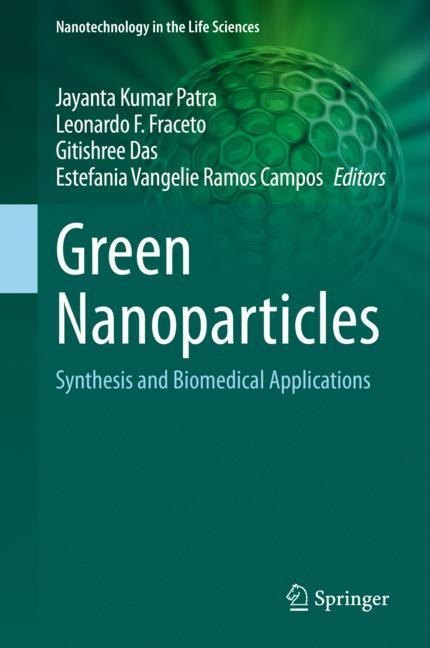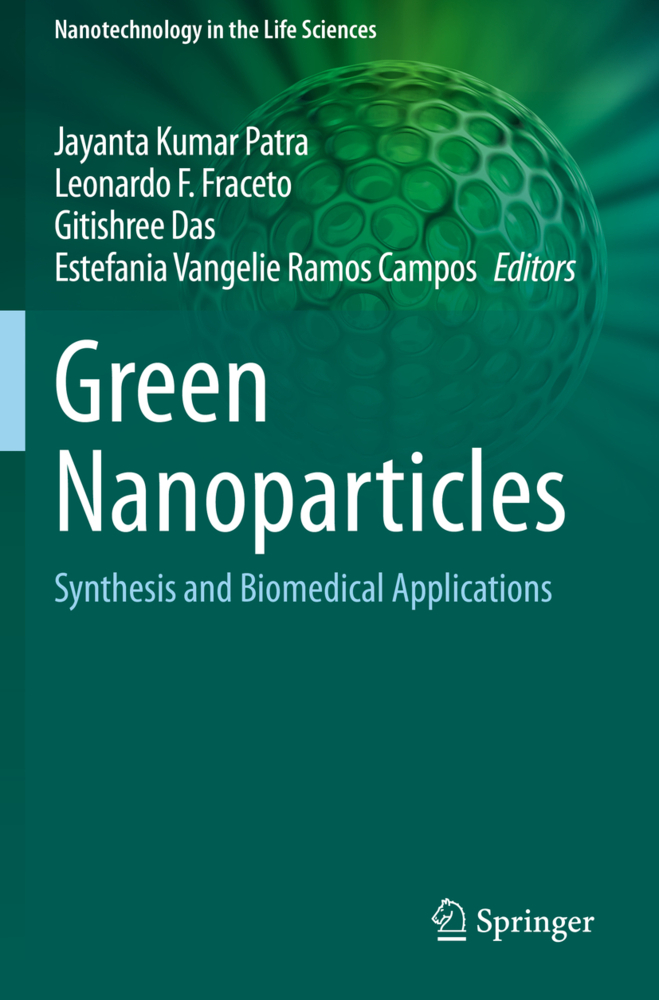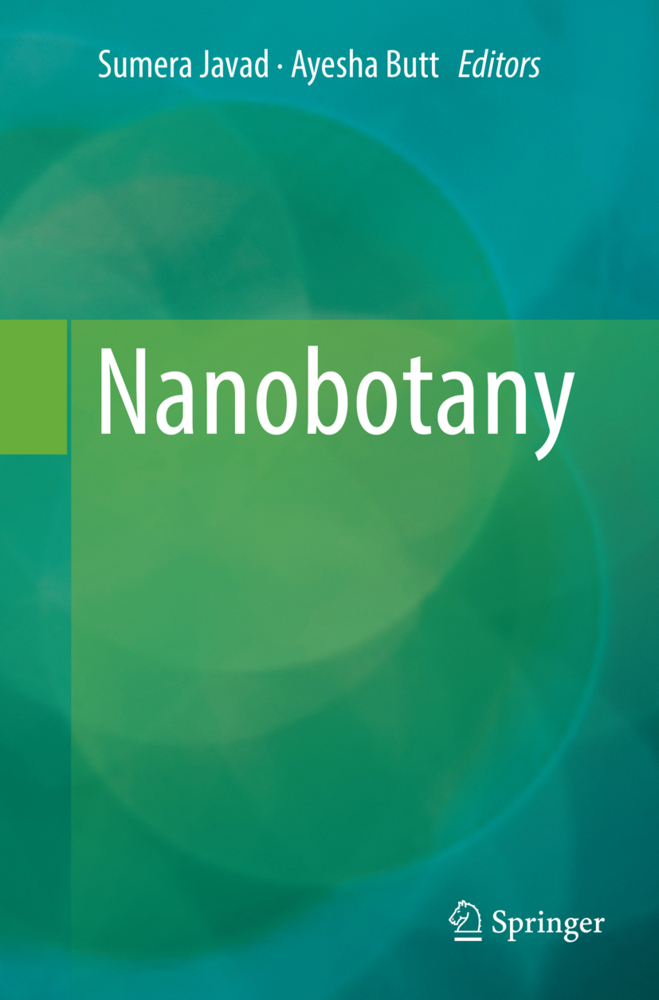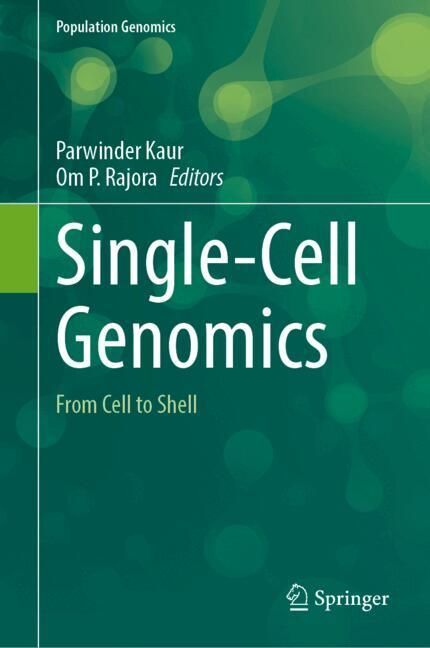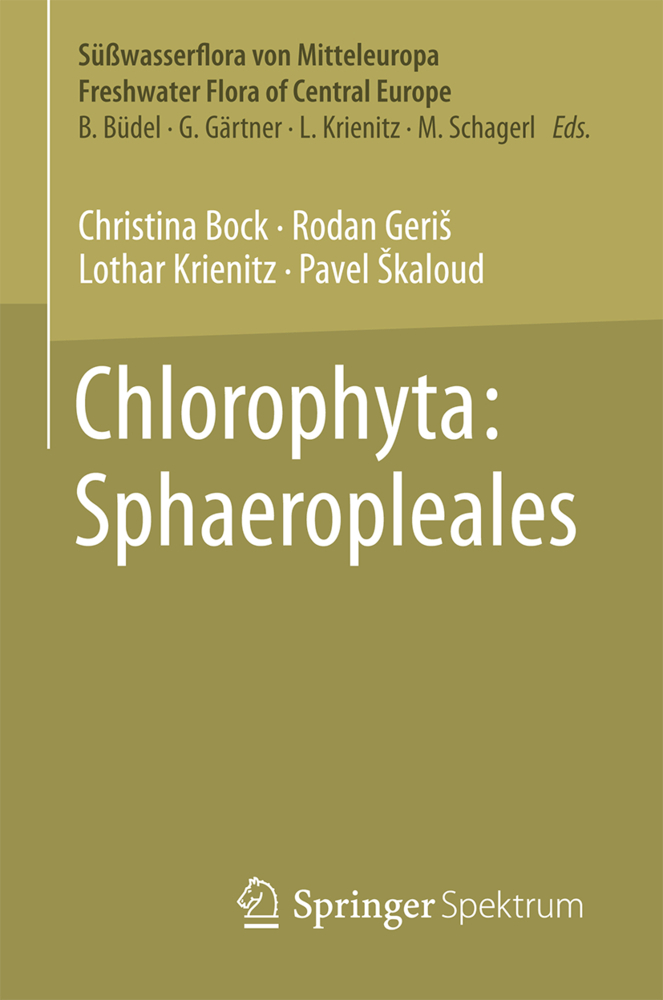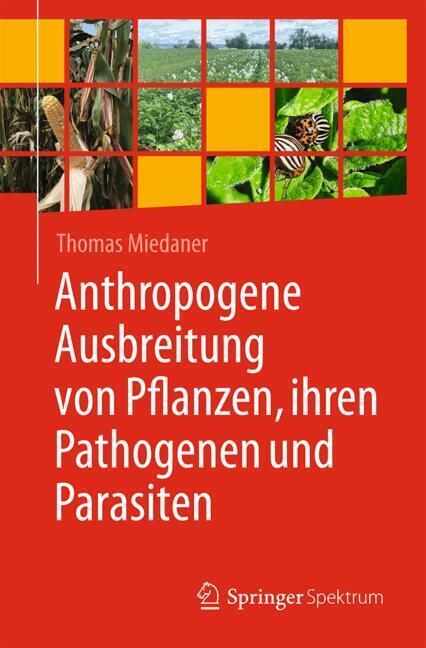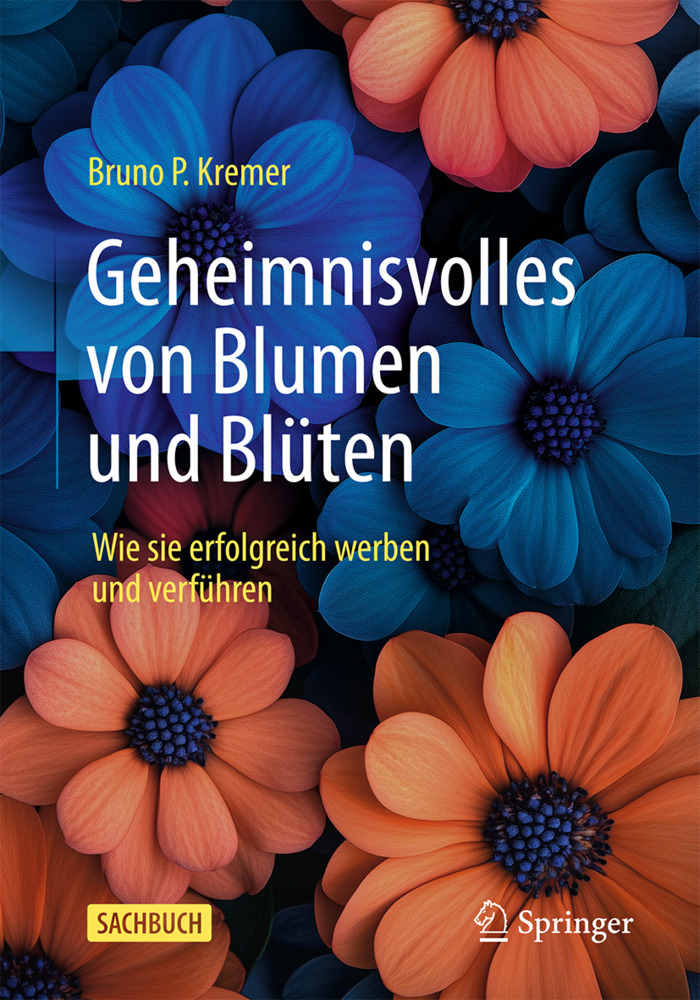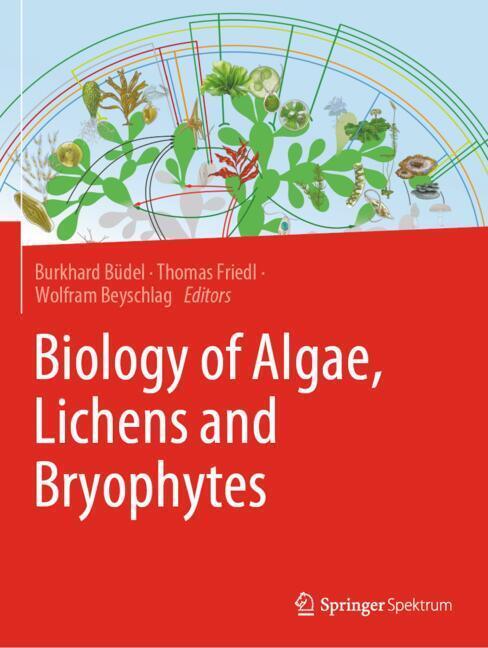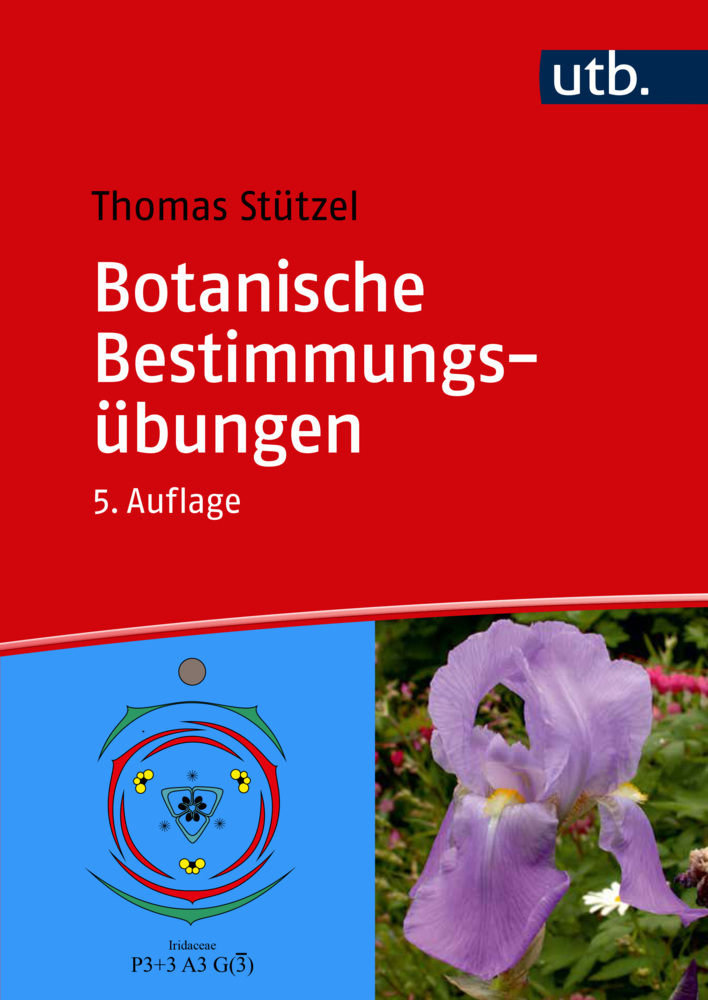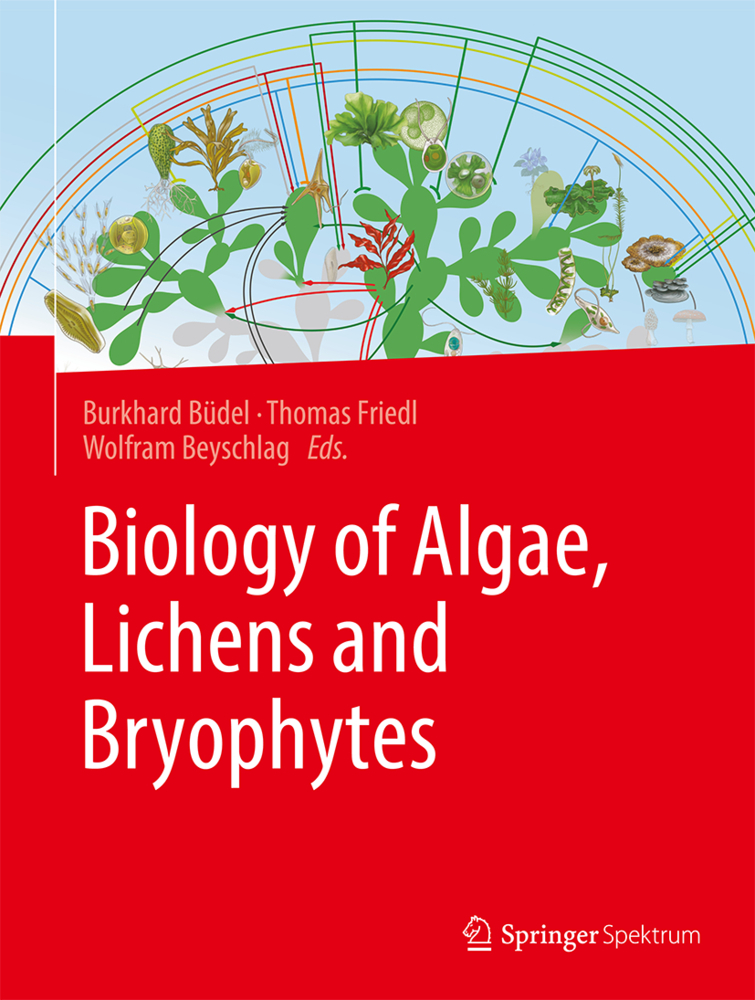Green Nanoparticles
Synthesis and Biomedical Applications
Nanotechnology is the application of science to control matter at the molecular level. It has become one of the most promising applied technologies in all areas of science. Nanoparticles have multi-functional properties and have created very interesting applications in various fields such as medicine, nutrition, bioenergy, agriculture and the environment.
But the biogenic syntheses of monodispersed nanoparticles with specific sizes and shapes have been a challenge in biomaterial science. Nanoparticles are of great interest due to their extremely small size and large surface-to-volume ratio, which lead to both chemical and physical differences in their properties (e.g., mechanical properties, biological and sterical properties, catalytic activity, thermal and electrical conductivity, optical absorption and melting point) compared to bulk of the same chemical composition. Recently, however, synthesizing metal nanoparticles using green technology via microorganisms, plants, viruses, and so on, has been extensively studied and has become recognized as a green and efficient way for further exploiting biological systems as convenient nanofactories. Thus the biological synthesis of nanoparticles is increasingly regarded as a rapid, ecofriendly, and easily scaled-up technology.
Today researchers are developing new techniques and materials using nanotechnology that may be suitable for plants to boost their native functions. Recently, biological nanoparticles were found to be more pharmacologically active than physico-chemically synthesized nanoparticles. Various applications of biosynthesized nanoparticles have been discovered, especially in the field of biomedical research, such as applications to specific delivery of drugs, use for tumor detection, angiogenesis, genetic disease and genetic disorder diagnosis, photoimaging, and photothermal therapy. Further, iron oxide nanoparticles have been applied to cancer therapy, hyperthermia, drug delivery, tissue repair, cell labeling, targeting and immunoassays, detoxification of biological fluids, magnetic resonance imaging, and magnetically responsive drug delivery therapy.
Nanoparticle synthesis for plant byproducts for biomedical applications has vast potential. This book offers researchers in plant science and biomedicine the latest research and opportunity to develop new tools for the synthesis of environmentally friendly and cost-effective nanoparticles for applications in biomedicine as well as other various fields.
Jayanta Kumar Assistant Professor Research Institute of Biotechnology and Medical Converged Science Dongguk University Republic of Korea
Leonardo Fernandes Fraceto Professor São Paulo State University (UNESP)
Institute of Science and Technology of Sorocaba
Brazil
Gitishree Das Assistant Professor Research Institute of Biotechnology and Medical Converged Science Dongguk University Republic of Korea
Estefânia Vangelie Ramos Campos
São Paulo State University (UNESP)
Institute of Science and Technology of Sorocaba
Brazil
But the biogenic syntheses of monodispersed nanoparticles with specific sizes and shapes have been a challenge in biomaterial science. Nanoparticles are of great interest due to their extremely small size and large surface-to-volume ratio, which lead to both chemical and physical differences in their properties (e.g., mechanical properties, biological and sterical properties, catalytic activity, thermal and electrical conductivity, optical absorption and melting point) compared to bulk of the same chemical composition. Recently, however, synthesizing metal nanoparticles using green technology via microorganisms, plants, viruses, and so on, has been extensively studied and has become recognized as a green and efficient way for further exploiting biological systems as convenient nanofactories. Thus the biological synthesis of nanoparticles is increasingly regarded as a rapid, ecofriendly, and easily scaled-up technology.
Today researchers are developing new techniques and materials using nanotechnology that may be suitable for plants to boost their native functions. Recently, biological nanoparticles were found to be more pharmacologically active than physico-chemically synthesized nanoparticles. Various applications of biosynthesized nanoparticles have been discovered, especially in the field of biomedical research, such as applications to specific delivery of drugs, use for tumor detection, angiogenesis, genetic disease and genetic disorder diagnosis, photoimaging, and photothermal therapy. Further, iron oxide nanoparticles have been applied to cancer therapy, hyperthermia, drug delivery, tissue repair, cell labeling, targeting and immunoassays, detoxification of biological fluids, magnetic resonance imaging, and magnetically responsive drug delivery therapy.
Nanoparticle synthesis for plant byproducts for biomedical applications has vast potential. This book offers researchers in plant science and biomedicine the latest research and opportunity to develop new tools for the synthesis of environmentally friendly and cost-effective nanoparticles for applications in biomedicine as well as other various fields.
Jayanta Kumar Assistant Professor Research Institute of Biotechnology and Medical Converged Science Dongguk University Republic of Korea
Leonardo Fernandes Fraceto Professor São Paulo State University (UNESP)
Institute of Science and Technology of Sorocaba
Brazil
Gitishree Das Assistant Professor Research Institute of Biotechnology and Medical Converged Science Dongguk University Republic of Korea
Estefânia Vangelie Ramos Campos
São Paulo State University (UNESP)
Institute of Science and Technology of Sorocaba
Brazil
1;Preface;6 2;Contents;8 3;About the Editors;10 4;Chapter 1: Biomedical Applications of Stimuli-Responsive Hydrogels;12 4.1;1 Introduction;12 4.2;2 PEG-Based Temperature-Sensitive Hydrogels: Structural and Physicochemical Properties;14 4.2.1;2.1 Hydrogels Mechanical Properties and Phase Organization Studied by Rheological Analysis and Small-Angle X-Ray Scattering (SAXS): Implications on Drug-Controlled Release;15 4.2.2;2.2 Biomedical Applications of Thermosensitive PEG-Based Hydrogels: From Structural Organization to Biopharmaceutical Use;18 4.2.3;2.3 pH-Sensitive PEG-Based Hydrogels: Theoretical Principles in pH-Sensitive Delivery Systems;20 4.2.4;2.4 Strategies to Make PEG pH-Sensitive: Chemical Modifications and Their Biomedical Applications;23 4.3;3 Conclusion and Prospects;27 4.4;References;28 5;Chapter 2: Viral and Nonviral Drug Delivery Systems for Medical Health Care: An Overview;32 5.1;1 Introduction;33 5.2;2 Necessity for Delivery Vectors in Biological Systems;34 5.2.1;2.1 Physical Protection;34 5.2.2;2.2 Targeted Delivery;34 5.2.3;2.3 Sustained Release;34 5.2.4;2.4 Regulated Rate of Clearance;36 5.3;3 General Overview of Viral Delivery Vectors;36 5.3.1;3.1 Adenovirus;36 5.3.2;3.2 Retrovirus;37 5.3.3;3.3 Designing a Retroviral Vector;38 5.3.4;3.4 Phage Virus;38 5.3.5;3.5 Filamentous Phage;38 5.3.6;3.6 Lambda Phage;39 5.4;4 General Overview of Non-viral Delivery Vectors;39 5.4.1;4.1 Liposomes;39 5.4.1.1;4.1.1 Ongoing Research and Clinically Approved Liposomal-Based Delivery Systems in Therapeutics;41 5.4.2;4.2 Microparticles;41 5.5;5 Microparticles for Delivery of Therapeutic Drugs;41 5.6;6 Microparticles for the Delivery of Genetic Material;42 5.6.1;6.1 Nanoparticles;43 5.7;7 Nanoparticulate-Based Drug Delivery in Cancer;44 5.8;8 Nanoparticle-Based Drug Delivery for the Treatment for Tuberculosis;44 5.9;9 Hazards Associated with Various Delivery Systems;45 5.10;10 Latest Trends in the Field of Vector-Mediated Delivery Systems;45 5.10.1;10.1 Niosomes;46 5.11;11 Conclusion;46 5.12;References;49 6;Chapter 3: Nanotoxicology in Plants;53 6.1;1 Introduction;53 6.2;2 Nanomaterials;54 6.2.1;2.1 Classification of Nanomaterials;55 6.2.1.1;2.1.1 Carbon-Based Nanomaterials;55 6.2.1.2;2.1.2 Inorganic-Based Nanomaterials;56 6.2.1.3;2.1.3 Quantum Dots;56 6.2.1.4;2.1.4 Organic-Based Nanomaterials (Biomaterials);57 6.2.2;2.2 Nanomaterial Production;57 6.2.3;2.3 Transport, Distribution, and the Fate of Nanomaterials in the Environment;58 6.3;3 Plants;58 6.3.1;3.1 Nonvascular Plants;61 6.3.2;3.2 Vascular Plants;61 6.3.2.1;3.2.1 Tissues;61 6.3.2.2;3.2.2 Seeds;65 6.3.2.3;3.2.3 Germination;66 6.3.3;3.3 Associations with Microorganisms;67 6.3.4;3.4 Plant Stress Response Mechanisms;68 6.4;4 Plant Nanotoxicology;68 6.4.1;4.1 Uptake of Nanomaterials in Plant Tissues;69 6.4.2;4.2 Toxic Effects of Nanomaterials on Plants;71 6.5;5 Nanotoxicological Evaluation Techniques in Plants;71 6.6;6 Conclusions;77 6.7;References;78 7;Chapter 4: Carbon Nanotubes as Plant Growth Regulators: Prospects;87 7.1;1 Introduction;88 7.2;2 Classification of the CNTs and Their Main Characteristics;88 7.2.1;2.1 Classification of the CNT According to the Wall Structure;89 7.2.2;2.2 Classification of the SWCNT by Carbon Configuration;89 7.2.3;2.3 Characteristics;91 7.3;3 Repository, Movement, Fate, and Bioavailability of Natural or Engineering CNTs in the Environment;92 7.3.1;3.1 Effects and Fate of CNTs in Plants;92 7.3.2;3.2 Release of CNTs;94 7.4;4 Main Uses of CNTs in the Agriculture Sector;95 7.4.1;4.1 Fertilizers;96 7.4.2;4.2 Pesticide;98 7.4.3;4.3 Other Concerns;99 7.5;5 Uptake, Transport, and Accumulation of CNTs in Plant Cells;99 7.6;6 Beneficial and Harmful Effects of CNTs in Plants;103 7.7;7 Effects of CNTs on Soils and Their Organisms;110 7.8;8 Conclusion;114 7.9;References;115 8;Chapter 5: Nanobiosensors for Bioclinical Applications: Pros and Cons;126 8.1;1 Introduction;126 8.2;2 Nanotechnology as a Revolution in Biosensor Design;127 8.2.1;2.1 Carbon-Based N
Patra, Jayanta Kumar
Fraceto, Leonardo F.
Das, Gitishree
Campos, Estefânia Vangelie Ramos
| ISBN | 9783030392468 |
|---|---|
| Artikelnummer | 9783030392468 |
| Medientyp | E-Book - PDF |
| Copyrightjahr | 2020 |
| Verlag | Springer-Verlag |
| Umfang | 395 Seiten |
| Sprache | Englisch |
| Kopierschutz | Digitales Wasserzeichen |

